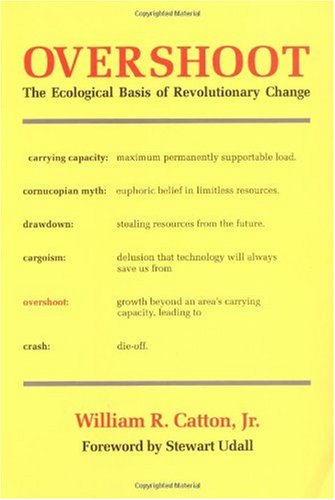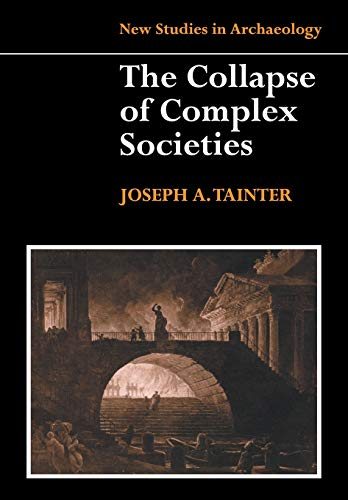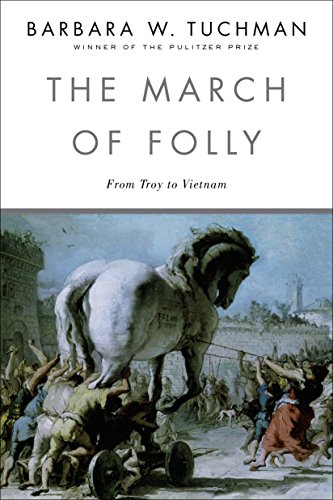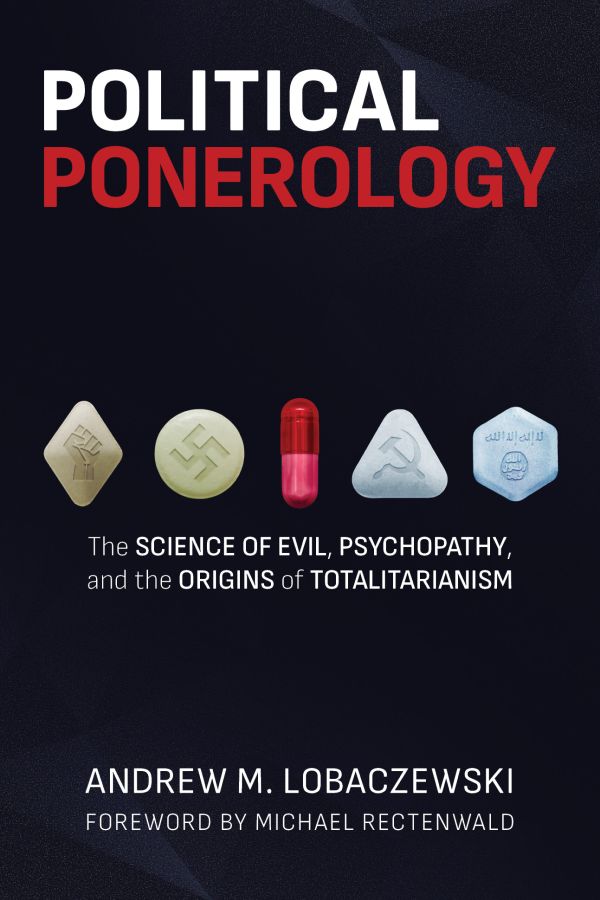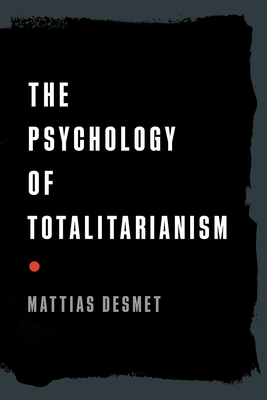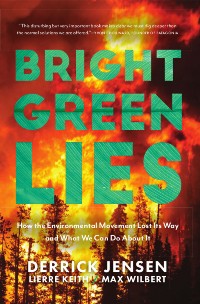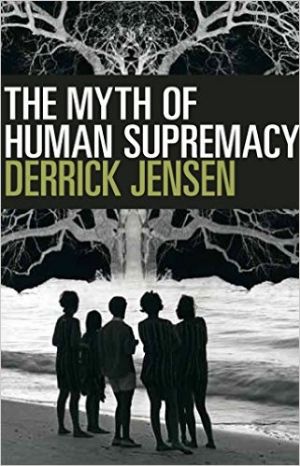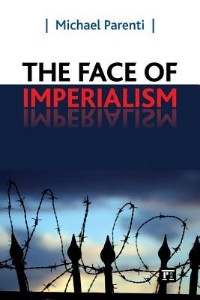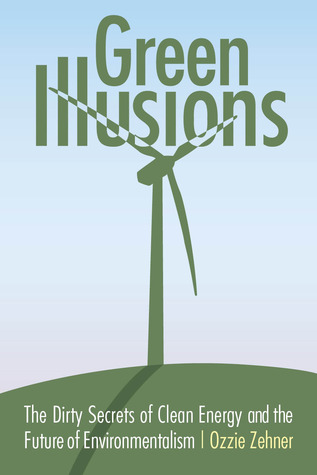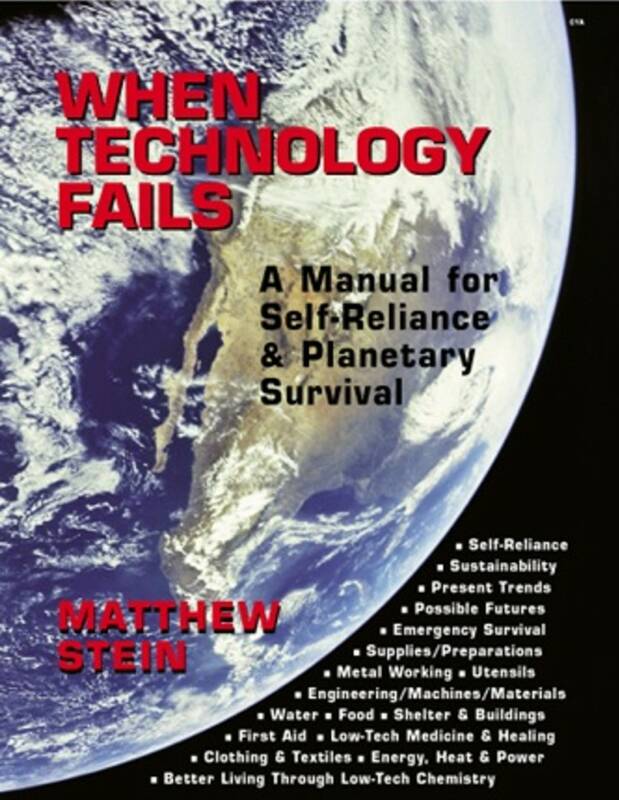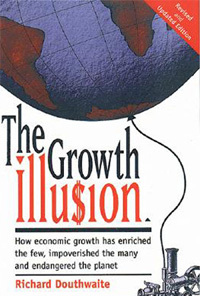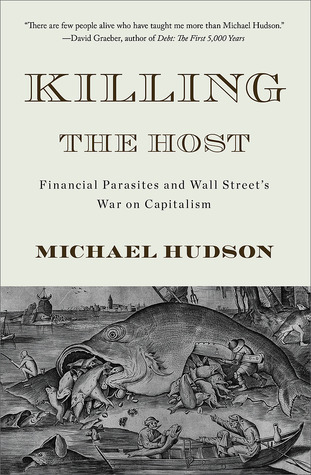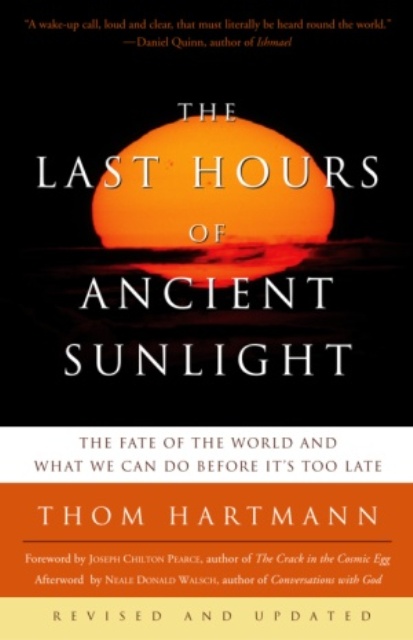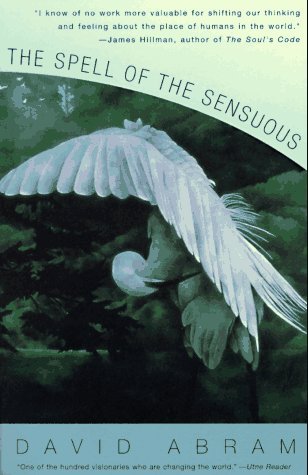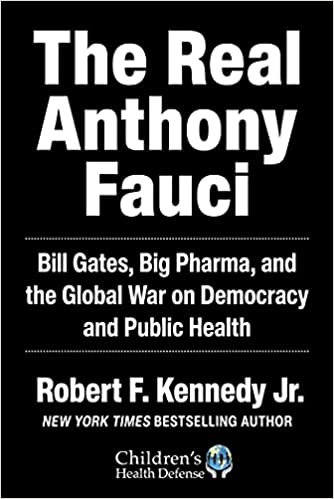I've been reading books on “the Problem of Civilization” for several years now. I'm constantly seeking to refine my conceptualization of the way humans interact with each other and their environment. Contrary to what one reviewer says (that most of Catton's book is “common knowledge for any under-40 environmentalists”), I felt that Overshoot expanded my understanding of environmental issues as a whole more than any book I've ever read – excluding perhaps the big leap that occurred when I was first exposed to the issues – though the books I've been reading were all written 10 to 30 years after it.
Overshoot is a sober, no-nonsense, presentation of ecological facts about the human condition and civilization. There are absolutely no emotional appeals, no aesthetic arguments, and no moral claims distracting from the simple paradigmatic wisdom Catton is pushing. His project in the book is to incite a paradigm shift, in Thomas Kuhn's scientific-revolutionary sense. That Catton's ideas haven't become common knowledge for everyone under 40 who's been paying attention attests to the fact that cultural paradigms function differently than scientific paradigms. A scientific paradigm has inertia, certainly, but it does fold against the pressure of accumulating evidence it can't properly explain.
The cultural paradigm Catton refers to as Exuberance is so deeply entrenched in our culture that even now, 30 years after the release of the book, in an age glutted with environmental awareness and media, practically no one addresses the fundamental revelation Catton presents: that, by using non-renewable fossil fuels and minerals, we have overshot the carrying capacity we had cultivated and irreparably reduced the earth's capacity to sustain us. As fossil fuels, clean water, arable land, minerals, etc, are exhausted, we WILL experience an extremely unpleasant die-off, accompanied by a likely-total collapse of our civilization.
Speaking of paradigm shift, Catton quite handily put the final nail in the coffin of my old, ideological way of thinking, and confirmed my new (since about this time last year) paradigm. This paradigm refuses explanations for large-scale historical, economic, and social trends based on abstract, ideological factors and not on biological, anthropological, and geographical ones. Catton gave me a number of missing links in the exposition of such an understanding. For example, I'd long suspected there must be some physical causes underlying economic recessions and booms. Economic growth depends on wealth creation, and while that could theoretically occur merely from enhanced human innovation, in practice it obviously occurs by expanding our access to and consumption of physical resources.
Other reviewers have complained that Catton is “all problems, no solutions.” I found the way Catton did supply 'solutions' extremely interesting. He says, to paraphrase, 'The American response to any problem is to ask “What can we DO about it?” Instead we must ask “What can we AVOID doing to keep a bad situation from getting much worse?”' The potential carrying capacity of the Earth is a matter of theoretical debate. However, the extent to which we obviously depend on fossil fuels shows that we have definitely overshot our current carrying capacity. Some people believe technological solutions will be found to drastically increase permanent carrying capacity by the time oil runs out. Catton likens these people to the Cargo Cultists of Melanesia, acting out vain rituals to bring back prosperity the creation of which they never understood. Since we have overshot carrying capacity and are extremely unlikely to be able to raise it to a level that can support the population the world will have produced by the time oil runs out, we will necessarily experience a die-off. This is a problem for which there IS NO SOLUTION. What we could do now is to undergo a voluntary recession, reducing economic growth now in order to make the die-off more humane and possible to weather.
Unfortunately, our current economic and political situation make that possibility seem extremely unlikely. Global warming is one issue of overshoot – we have exceeded the capacity of the environment to process our CO2 output – and the way our political and economic leaders are handling that problem is not heartening.
I very much enjoyed Catton's glossary, and had a lot of fun imagining the visual images his terminology implies. Homo Colossus, a giant cyborg human with all these appliances manufacturing goods for him and refining ore he finds and generally performing in one self-contained apparatus all the functions we have a whole global economy spread across the world for. Or acres and acres of phantom fields worked by ghost slaves.
If there is a better introduction and explanation of the ecological history of civilization, I'm not aware of it. Overshoot is unemotional, very clear, and would a wonderful introduction to these issues. I think it would have been nice had parts of this been required reading for my Intro Environmental Science class rather than Hardin's shitty “Tragedy of the Commons” essay. Go on and read more modern books that tackle the issue from a different perspective once you've finished.
2020 Review/Titanic Lifeboat Academy
All of the major 20th century overpopulation writers—Paul Ehrlich, Garrett Hardin, and William Catton—leaned heavily on the appeal to scientific authority to justify their extreme positions. But of the three, Catton, who unlike Ehrlich and Hardin was a sociologist, rather than an ecologist, leaned most heavily on the objective, undeniable, and inevitable nature of ecological theory. The cover of his book “Overshoot” is a glossary of ecological jargon, a few terse definitions that sketch the book’s whole thesis: humanity has exceeded its ‘maximum permanently supportable load’ by ‘stealing resources from the future,’ and has embraced a ‘euphoric belief in limitless resources’ that can only end in ‘die-off.’ The book itself elaborates the thesis historically but doesn’t add much to its content. The argument is simple enough to fit on the cover; the rest is just a footnote.
I read Overshoot as an undergrad in Environmental Studies, and as the review I wrote at the time shows, I was very impressed. I called it “a sober, no-nonsense presentation of ecological facts.” I took it for granted that the concepts Catton used to describe the present and future of human population were not just sound science but so plainly true as to be undeniable theorems. In population as in physics, what goes up, must come down. I’ve only discovered recently, years after completing my bachelor’s degree and earning an MS in ecology, that the central concept on which Catton’s book relies is both theoretically invalid and practically misleading.
The history of the term “carrying capacity,” as documented in Nathan Sayre’s 2008 paper “The Genesis, History, and Limits of Carrying Capacity,” is quite enlightening. The phrase was initially very literal. It referred to the maximum weight or volume that could be carried by a cargo ship, a donkey team, or a bumblebee’s pollen baskets. By the late 1800s, the term had taken on a figurative use in rangeland management. Carrying capacity was the highest number of sheep or cattle a given piece of pasture could support. It was a real estate term, a way to measure the value of land and quantify improvements like revegetation or wells. And it was a rule of thumb for making decisions about stocking density.
The term was brought to prominence among conservationists by Aldo Leopold. As a game manager, Leopold managed the Grand Canyon Game Preserve as if he were a cattleman, trying to maximize the number of deer without allowing them to overgraze their habitat. Leopold’s famous moment of revelation came after killing some of the last wolves in the area in order to increase its population of deer. The wolves had been doing his job for him. Without them, there was nothing preventing the deer from exceeding their carrying capacity, ruining the pasture, and dying en-masse. Without predators, game managers had to cull the herd themselves.
The problem with this mentality is well-illustrated by another piece of 101 level ecological theory: the Lotka-Volterra model. Predator and prey species like wolves and deer are known to cycle in abundance. Population growth of prey supports an exponential increase in predator abundance, which causes a crash in first the prey population and then among the predators. Lynx and rabbits in Canada have experienced “overshoot” every 10 years for millennia. Does that mean overshoot is sustainable, or that for some reason, this doesn’t count as overshoot? In order to apply the term “carrying capacity,” you have to define the timescale that counts as “permanent.”
In Leopold’s deer, the die-off caused by the extinction of wolves didn’t lead to extinction. Instead, it was simply the first crash in a new cycle, in which deer were the predators and plants were the prey. The peak number of deer might have gone up or down in the long term, but the only difference for the species was that they sometimes died en-masse by starvation rather than predation. They had only “exceeded their carrying capacity” by the standards of a manager who wanted the land to continue to look a certain way.
In his early writing on plant communities, Frederic Clements, one of the fathers of modern ecology, made extensive reference to the “carrying capacity” of various plant communities. But he always used the term in a relative, variable sense. What sense does it make to say that carrying capacity is a permanent, fixed aspect of a landscape when “the carrying capacity of the western range varies 100 per cent or more from wet periods to times of drought”? This usage is much more closely aligned with the theoretically valid concept of “K”—the algebraic symbol used in population modelling to refer to the value to which growth is limited. In ecology courses, K is often defined as “carrying capacity,” but a more realistic phrase might be “equilibrium abundance.” K is the number of organisms a population would grow to if everything in a given habitat stayed exactly as it was at any given moment. In practice, that never happens. Climates change, communities change, species evolve, and most importantly, species affect each other. The spikes and crashes in the Lotka-Volterra model are caused by dramatic swings in K, not oscillations around it.
In this view, population ecology is nearly tautological. Populations grow and collapse because of the exact combination of factors affecting their birth and death rates at any given moment. But population ecology per se makes no claims at all about the nature of those factors or the ways they interact. The syllogistic, pseudoscientific components of Catton’s thesis were never much more than bluster and speculation. On one hand, this view offers little comfort for those of us worried about environmental disasters. Ecological theory puts no bounds on what can happen to the human population at all. Leopold’s starving deer wouldn’t have found it much comfort to know that their collapse wasn’t breaking the rules of ecology. On the other, without abandoning the carrying capacity framework, it’s difficult to grap the true nature of our ecological situation.
The most famous parable of overshoot in nature is the case of the St. Matthew Island reindeer, eloquently told in a comic by Stuart McMillen. Humans manning a World War II Coast Guard station introduced 29 reindeer to a small island in the Bering Sea. Because the island had lacked herbivores for so long, it had accumulated a huge supply of lichens. The reindeer population boomed, growing to over 6000 individuals in under 20 years—nearly as fast as theoretically possible. Then, a few years later, the lichens were gone and the reindeer were extinct.
According to Catton, humanity is to the Earth as the reindeer were to the lichens of St. Matthew: growing exponentially by consuming non-renewable resources that have accumulated over millions of years without consumption, headed for a crash when they finally run out. But there’s something strange about this framing, isn’t there? If we’re the reindeer, then who brought us to this island full of delicious fossil fuels?
In Overshoot, Catton deploys a colorful array of neologisms to frame industrial civilization in terms of livestock management. We still live on plantations, but now we have fossil-fuel “ghost slaves” instead of human ones. Our hay is grown on “invisible acres” manifested by nitrogen-fixation and diesel tractors. We’re just reindeer who stumbled into a big ol’ pile of hay, and with no herders around to cull us, we’re doomed to eat it until it’s gone and then starve.
But this is a deeply misleading way to view our situation. The necessary precondition of industrial civilization is not the energy density of fossil fuels but the knowledge of how to access and apply that energy. The reason there were no reindeer on St Matthew Island in 1943 was not that they lacked the gas to power their boat, but that they couldn’t build or navigate the boat in the first place.
Humans are not the reindeer in the St Matthew Island scenario, abandoned on an island by a mysterious force outside of our control. We’re the humans who brought them there. We’re not cattle penned in a pasture, mindlessly eating and drinking everything in sight. We’re the range managers drilling wells and planting hay. Through the cultural evolution and accumulation of knowledge, we are the force that provides, and in a meaningful sense creates, our resources.
To see humanity this way dramatically reframes the task ahead of us. Where Catton argued that the least-worst option available to humanity was to reduce our consumption and population intentionally, to soften the inevitable crash, the truth is that the crash is not inevitable at all. Unlike the St Matthew Island reindeer, human population growth has slowed and nearly stopped even though the amount of resources available to each individual is still growing. The question for the future is not whether our population and consumption levels can be permanently supported, but how much needless harm we’ll do to the biosphere and to each other on the way to sustainability.
Editor's Note
Adam Kranz was kind enough to let me publish his original review (2011), which is still available on GoodReads, but explained that his perspective has changed in the intervening decade during which he earned a BA and MS studying environmental issues.
For me, the fallacies contained in this year's 2020 review, e.g.
Reindeer:St. Matthew's Island ≠ People:St. Matthew's Island
Reindeer:St. Matthew's Island = People:Earth
combined with references like the slowing population growth rate, resemble the "happy chapter" one might expect from those who've not seriously studied the issues, rather than the change of heart of someone who's earned degrees in the field.
We're adding at least half a billion very real people every decade since 1955 and have reached the highest level of wealth inequality - what is actually available to each individual - in the past eleven thousand years. What may or may not be mathematically available per capita means little when one-third of humans do not have access to potable water along with an incalculable number of our fellow living beings whose extinctions are synergic with ours. Which resources he refers to as "still growing" is not explained in this excerpt from the longer piece which Adam is writing, but clearly resources are not appearing, simply being more desperately sought and losing their EROEI in the process.
I heartily agree with Adam that the question is "how much needless harm we’ll do to the biosphere and to each other"! We at the Lifeboat no longer see sustainability as a plausible destination, which represents our change of heart over the past decade.
The chronology of these two essays, the first written with passion and dedication and the second, subsequent to carrying that dedication toward a graduate degree in the field, serves as a vivid illumination of the corporatization of higher education.
Author
Adam Kranz lives in Detroit, Michigan. He has a BA in Environmental Studies from Lawrence University and an MS in Natural Resources and Environmental Science from the University of Illinois Urbana-Champaign. You can find him on Twitter @adam_kranz or on Goodreads.

